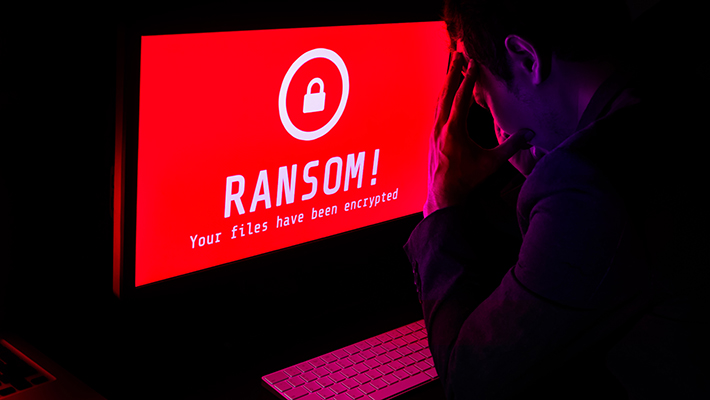Partially encrypting victims’ files improves ransomware speed and aids evasion. First seen in LockFile, the technique is now being widely adopted.
Intermittent encryption is important to ransomware operators from two perspectives:
- Speed: Encryption can be a time-intensive process and time is crucial to ransomware operators – the faster they encrypt the victims’ files, the less likely they are to be detected and stopped in the process. Intermittent encryption does irretrievable damage in a very short time frame.
- Evasion: Ransomware detection systems may use statistical analysis to detect ransomware operation. Such an analysis may evaluate the intensity of file IO operations or the similarity between a known version of a file, which has not been affected by ransomware, and a suspected modified, encrypted version of the file. In contrast to full encryption, intermittent encryption helps to evade such analyses by exhibiting a significantly lower intensity of file IO operations and much higher similarity between non-encrypted and encrypted versions of a given file.
SentinelLabs calls out several recent ransomware families that feature intermittent encryption in an attempt to evade detection and prevention: Qyick, Agenda, BlackCat (ALPHV), PLAY, and Black Basta.
Ransomware Developers are using Intermittent Encryption

